A Guide to Cottage House Plans
The process of searching for home plans will present you with options spanning a wide range of styles and fashions. You don’t have to choose the most modern or minimalist homes to fit in with the crowd, however. A traditional cottage house offers benefits you can’t always get from other constructions. Choosing practical, efficient house plans is likely one of your primary concerns when building a home. Thankfully, cottages can give you all the efficiency you need and much more.
Authentic, down-to-earth living can be easier than ever before with a cottage. If you want to know more about what these kinds of houses can offer you, explore our guide to cottage house plans. A bit of research can help you choose the perfect home for your family.
Common Features of Cottage House Plans

Cottage homes are wondrous for their versatile designs and how easily they lend themselves to customization. Most homes of this fashion do share a few common features, which become more recognizable once you familiarize yourself with the cottage style. You can stick to these tried-and-true characteristics when constructing your home, or you can substitute them for something unique to make your house truly personal.
Here is a list of features you’ll commonly encounter when searching through floor plans:
- Porches: An expansive porch offers a great place for you and your family to hang out with guests or relax after a long day. Explore options for a wrap-around porch for additional exterior space — you can liven up your outdoor area with potted plants and outdoor decor. Other homes may have both a front and rear porch.
- Bay windows: Create a cozy area within your home by incorporating a set of bay windows. Because they extend outward, they provide more interior space and bring in additional light. These qualities will make your cottage look larger, which could improve the home’s future resale value.
- Board-and-batten siding: This siding style consists of narrow wood strips that can be arranged horizontally or vertically. You may often see this type of siding on old barns and cottages. Past builders chose board-and-batten siding because it was easier and cheaper to assemble than other styles.
- Gable roofs: The classic gable roof gives your cottage house design a homey, familiar feel while maximizing your attic space. The roof’s slope allows for increased ventilation and easy shedding of snow or water, which can prevent roof damage and stains. If you’re seeking an appealing yet efficient house plan, a gable roof home is an excellent choice.
- Balconies: Balconies make attractive additions to virtually any house. They offer a welcoming space for you to step out into the bright, early morning or observe the stars from the comfort of your bedroom.
- Small home sizes: Cottages lean toward the smaller side, which is fitting for small families or people wanting to downsize. Choose from one, one and a half or two stories to accommodate your family size and space requirements. The versatility that cottage-style homes provide allows you to recreate the same storybook charm no matter how large or small your living space is.
- Arched doorways: You may encounter these elegant entryways on many of the country cottage houses you explore. Their curved lines soften the overall appearance of a home, making it more welcoming to outside viewers.
- Dormers: Dormers create extra space within a home’s upper floors. If you want a wider attic or second-floor bedroom, it’s best to pick a floor plan that accommodates dormers. In addition to their room-expanding qualities, they add visual interest to the roofline for a clean geometric look.
- Asymmetry: Many cottage homes incorporate a lot of asymmetrical shapes, combining straight edges with curved lines and displaying roof sections of differing heights. This characteristic may be appealing to people who prefer unusual home designs over more uniform looks.
This list is extensive, but you may find many more elements outside of these on the cottages you check out. There are many features you can implement when constructing your ideal residence.
5 Benefits of Cottage House Plans
You may be wondering what else you can gain from a cottage-style house besides great architecture. The benefits to your wallet and quality of life are numerous, thanks to the storybook charm and modern efficiency of the cottage home. Here are five advantages you can reap:
1. Looks Traditional Yet Modern
Cottage home plans offer the best of both worlds concerning home design. You get all the classic elements of a traditional country cottage while still allowing room for modern improvements, such as skylights, oversized garages and kitchen bars. This building design is perfect for those who prefer a picturesque appearance but want to enjoy contemporary amenities.
You can also experiment with balancing the proportions of each style. Maybe you’d like to have an entirely traditional exterior and a modern, sleek interior. Or, you could combine characteristics of both on the inside and outside. The choice is entirely up to you.
2. Doubles as a Vacation Home
Cottage houses serve as popular vacation homes because of their down-to-earth feel. When you need to get away from the bustle of your everyday life, you can pause your responsibilities and take a trip to your small cottage to unwind. Whether you construct your house near a beautiful lake or in the middle of a woodsy clearing, you can reap the benefits of a calming holiday. Features like decks, patios and sunrooms complement the laidback character of this beloved getaway spot.
3. Offers Lower Costs
The smaller your home is, the fewer expenses you have to pay in terms of upkeep, property taxes, insurance and more. Building your home from small cottage floor plans means you’ll save more money over time and have fewer maintenance concerns. This aspect is especially true if you construct your house from sturdy, high-quality materials and contract a trusted builder to bring your vision to life.
Additionally, buying a stock blueprint is much cheaper than working with a local architect to create a custom home plan. You’ve likely set a budget for your home building process or have an idea of one. Reducing planning costs frees up a portion of your funds for you to use elsewhere. With the extra money, perhaps you can now spend more on landscaping or adding a deck.
4. Provides Greater Efficiency
By choosing a small cottage, your house will require less time to build, meaning you can move into your new home sooner. If you love minimal spaces, small houses can help you to downsize, which can simplify your life and let you focus on the things most important to you.
Many modern homes can accommodate clean energy, including cottage-style spaces. You may consider adding sustainable features like solar roof panels or a geothermal heating system. You don’t have to forgo sustainability to have a traditional home, which is a fantastic bonus for this house design.
5. Lets You Customize
There is no doubt that you can customize a large home to your heart’s content, but it may be time-consuming and expensive. Decorating a small cottage will take less of your money and time, and it can feel more personal than furnishing a roomy house. Each room will have a sense of individuality and guests will know you took your time with every aspect. As an additional perk, small houses are great for fostering closeness and community within a family.
4 Cottage House Plans
Now that you know what you can expect from the typical cottage, check out some examples of popular home plans. These four represent a small selection of what’s available. There are many more to choose from if this style captures your interest. You may find your next home sooner than you anticipated.
1. Tuscan Style House Plan 65862

Check out this Tuscan-style house if you prefer a cottage plan with plenty of space and rugged authenticity. This home features two porches, a lanai, several walk-in closets and much more, which spreads out to 2,091 square feet. It also has three bedrooms, two full baths, one half-bath and a two-car garage. There is also a guest room and a game room — plus a nook for when you want a quiet moment away from the festivities.
Available foundation types include a basement, walkout basement, crawlspace and slab foundation. You can upgrade to 2-by-6-foot exterior walls for an additional fee.
2. Southern Style House Plan 86101
This Southern-style house plan depicts a 1,738 square-foot, two-story home with two bedrooms, two full baths and one half-bath. Enjoy exquisite dinners in the private dining room and whip up a delicious morning meal at the breakfast bar. A front and rear porch represent staples of the common cottage style home, while the master bedroom’s walk-in wardrobe gives a more modern flair.
A fireplace in the great room gives you the perfect setting to relax and enjoy a mug of hot chocolate in the winter months. With an open-plan living room, dining room and kitchen set up, this house offers an excellent space for hosting guests or stretching out for an at-home exercise session.
3. Traditional Style House Plan 86226
This traditional home gives you 2,256 square feet — plenty of space for a family. The cottage plans feature two stories, four bedrooms, three full baths and a two-car garage to meet all of your needs. A mudroom makes for the perfect space to kick off your shoes while keeping the rest of your house clean. The kitchen’s breakfast area gives a direct view of the deck and also features a pantry — ideal for foodies and cooks.
A balcony, rec room and whirlpool tub are only a few more components this spacious home offers. When you choose this cottage blueprint, you’ll receive a rendering of the front elevation, a fully dimensioned floor plan, construction details and much more.
4. Cottage Style House Plan 76335

These small cottage house plans display a 1,146 square-foot house with two bedrooms, two full baths and a two-car garage. A sunroom on the side of the house provides a well-lit, quaint space for you to entertain guests, play with your pets or simply read a book and enjoy the sun’s rays.
This floor plan depicts a one-story space, and you can add a crawlspace, slab foundation, stem wall slab or walkout basement. With this plan, you can receive a roof plan, construction details, the typical wall section and more.
Cottage House Plans FAQ
Settling on the perfect cottage will take some time and decision-making. If you need more information before moving ahead with this house design, we have answers to your inquiries. Here are some of the most frequently asked questions concerning cottage home plans.
What Does a Cottage Style House Look Like?
Cottage style homes can embody various looks and designs, but they tend to share common features such as gabled roofs, porches and balconies. Cottages with one and a half stories often fit under the category of bungalow-type housing. Building materials may consist of brick, stone, wood, concrete and several other kinds. Many houses have interior roof beams and shutters, which can add a rustic appearance.
How Many Floors Does a Cottage House Have?
Cottage style houses usually have one to two stories, although some also feature a one and a half design. However, it’s not unheard of for a home of this style to have three or four floors. You will most likely find these more extravagant layouts in bigger cottages. You don’t need a ton of floors to have a grand house, however. Plenty of living spaces incorporate bold interior and exterior elements to play up the luxury without adding multiple stories.
How Many Square Feet Is a Cottage House?
The average size for a single-family house completed in 2018 was 2,386 square feet, according to the U.S. Census Bureau. Many cottage homes are small to medium-sized — within the 1,000 to 2,000 square-foot spectrum — but there are also plenty of larger floor plans to choose from. Many of the cottage floor plans that Family Home Plans offers range from 600 to 2,000 square feet, although we have numerous residences that exist outside of this range.
Who Created the Cottage House?
The concept of the cottage house was popularized by Andrew Jackson Downing in 1842 when he published a book called “Cottage Residences.” The word “cottage” itself stems from the term “cotter,” which is a laborer who lived in a small home in exchange for performing agricultural work. Interest in this home design grew, and it quickly caught on with wealthier families, who began building cottages to serve as vacation properties.
Modern cottages have mostly retained their modest beginnings in terms of appearance, structure and geographical location. However, you probably don’t have to travel far out of your way to find a house styled after one of these charming homes. Their prevalence is a testament to their enduring appeal among homeowners.
Search Cottage House Plans

Take a look through our available cottage house plans and select options that fit with your current or future lifestyle. Whether you need an in-law suite or a four-bedroom home, you can quickly narrow down your choices to choose the best house blueprint for you. Seeing your dream home come to fruition is a rewarding feeling, and Family House Plans can help you on your journey to achieving a beautiful property.
If you’d like custom modifications for your floor plans, we can give you a quote for these additional components. Contact us for more information on our country cottage house plans — we can provide answers to any questions you may have.

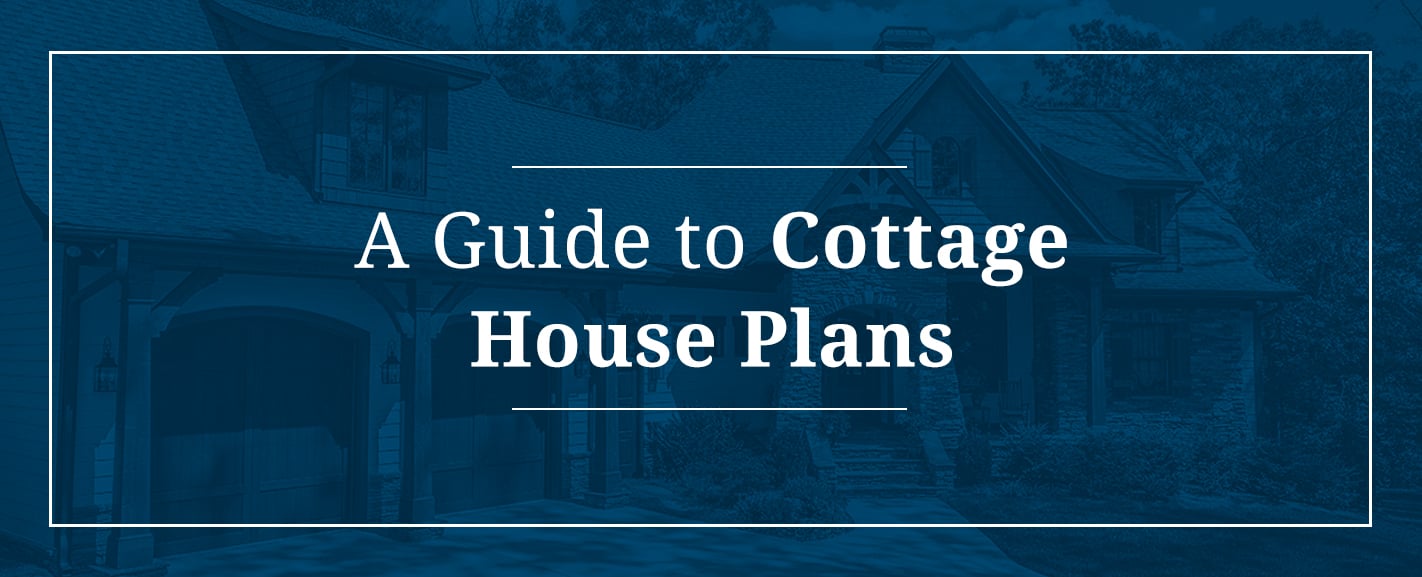
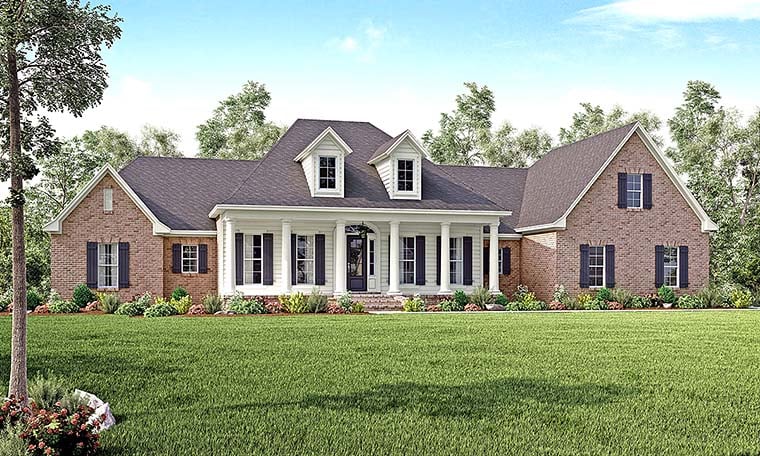
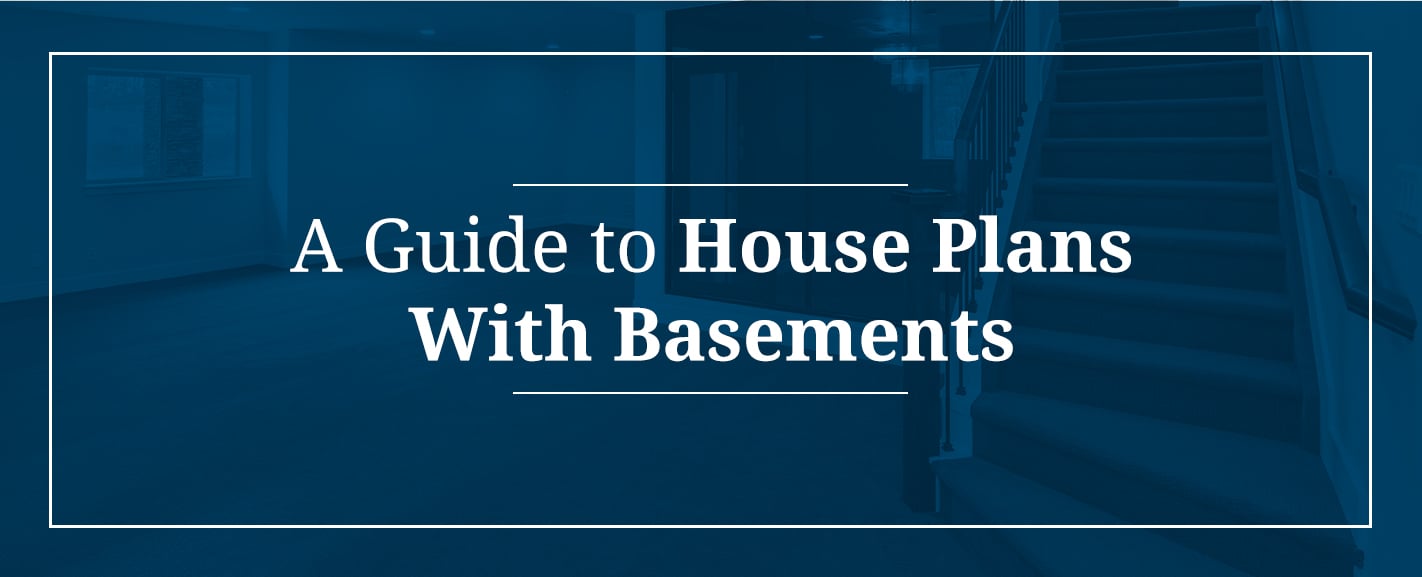

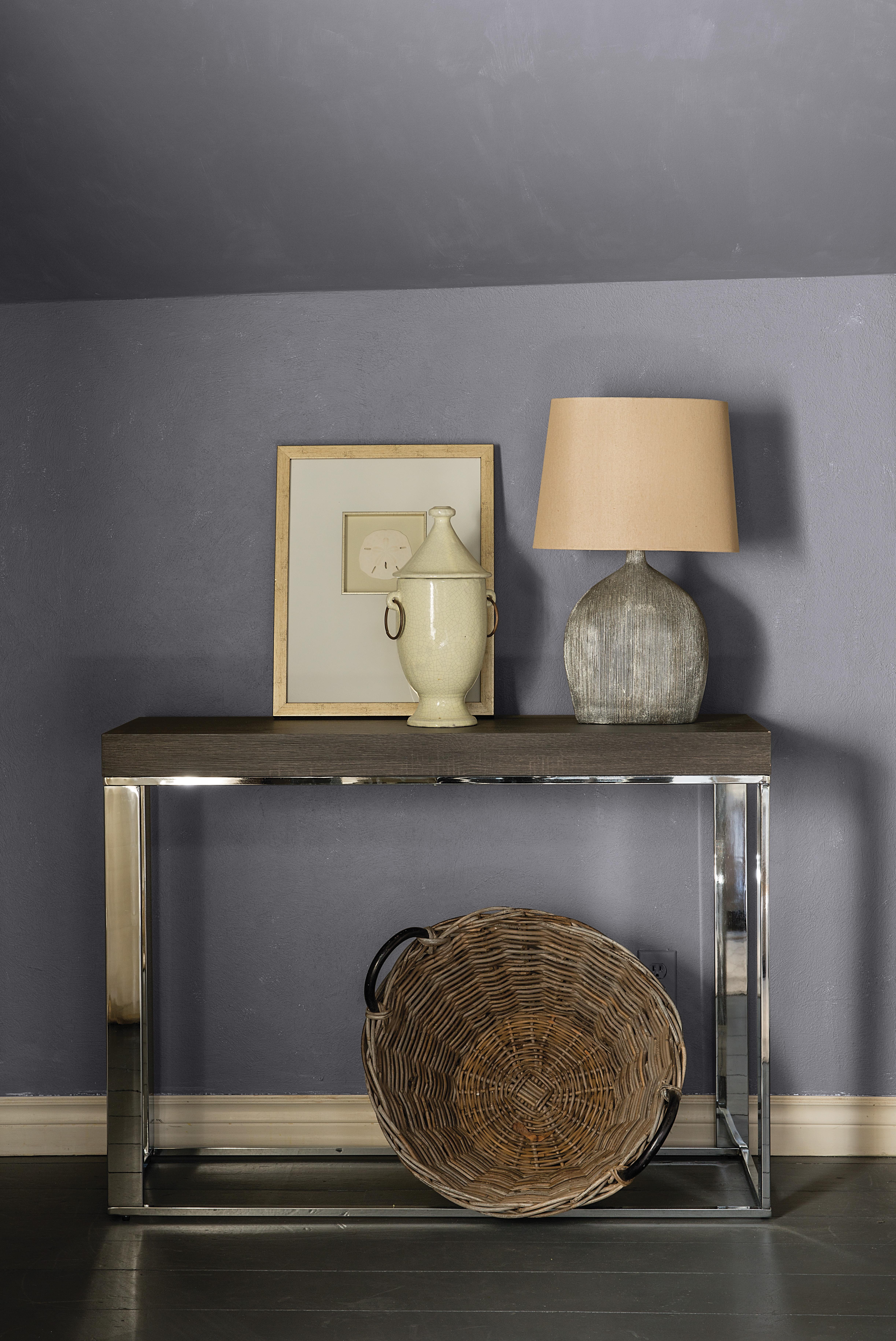
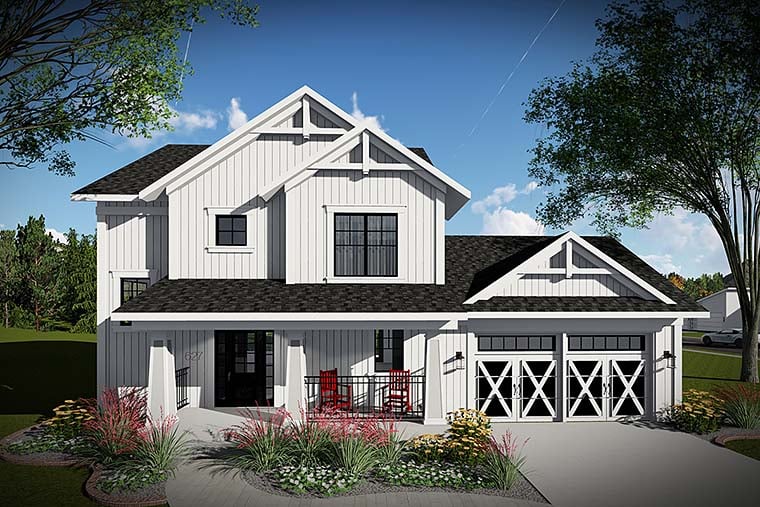
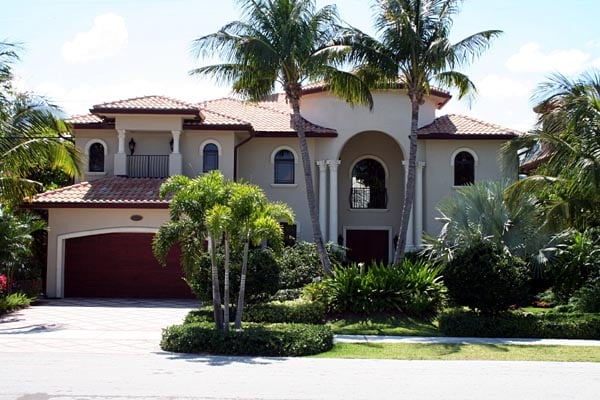
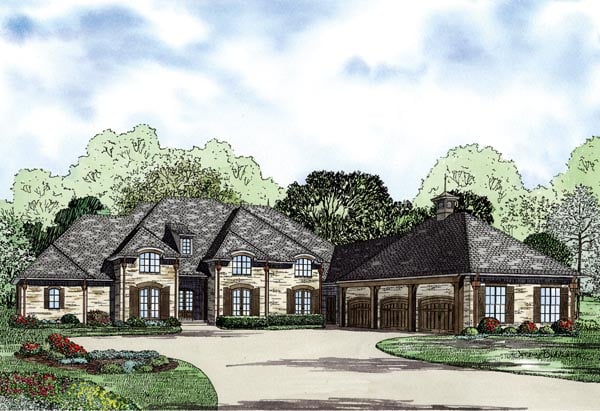
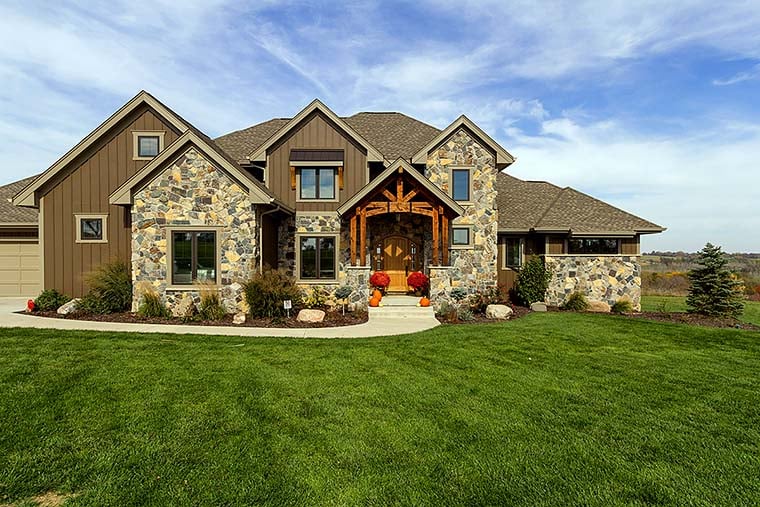
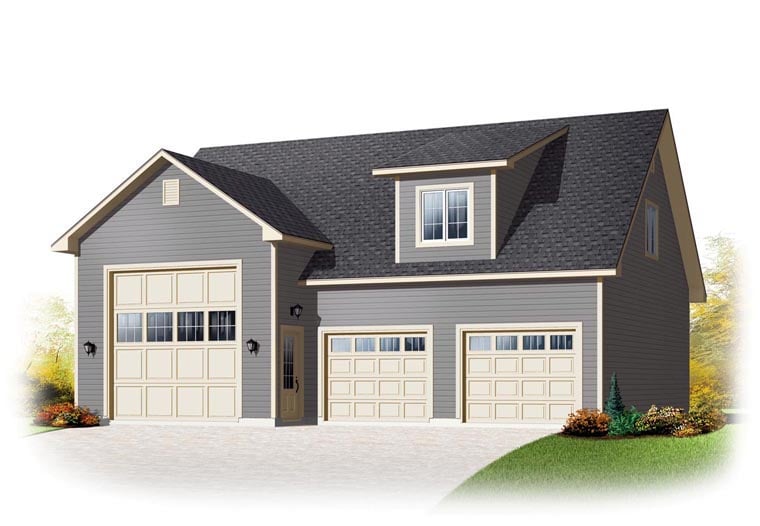
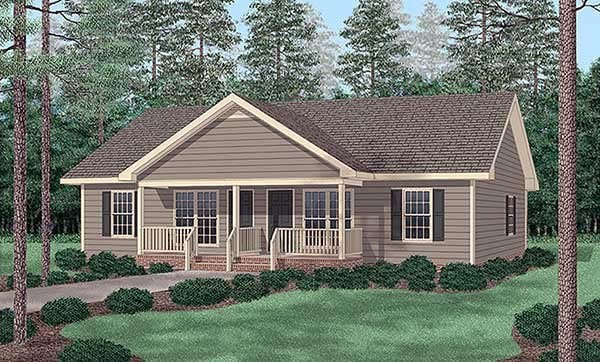

Leave a Reply